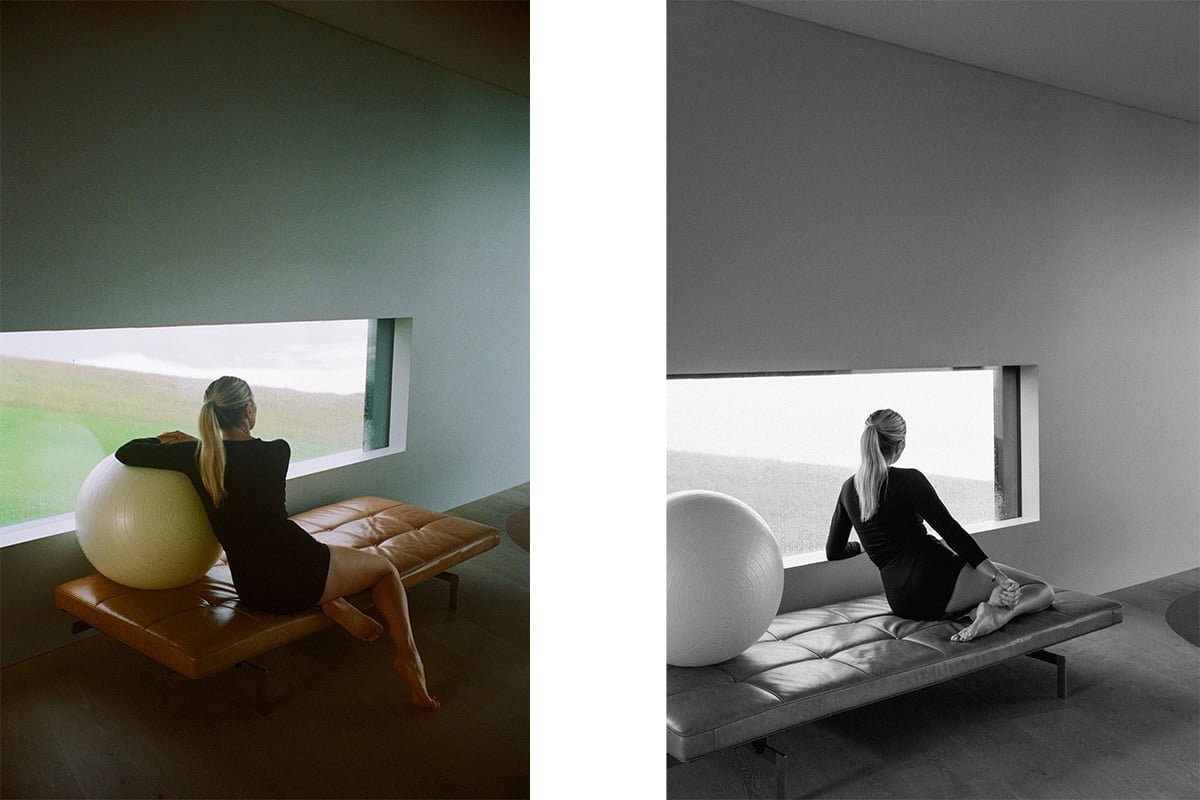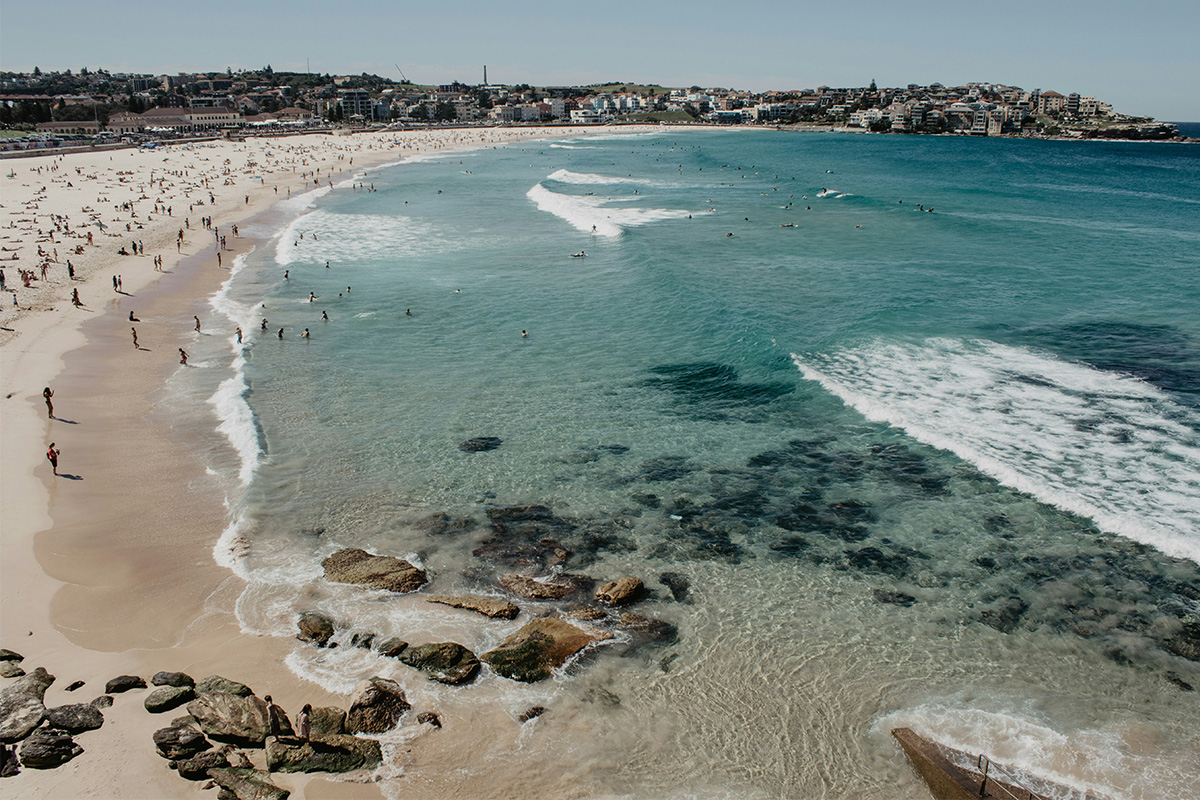
There's nothing quite like pregnancy and childbirth to make you aware of your body. Of its potential, it's oddities, it's capacity for life, most prominently. For those who have given birth, you'll know there's no one single story. Everyone's experience is different, from learning of the news, to the act itself, and the weeks and months after the fact. And so your return to movement will look different too. As you become familiar with your postpartum form and its needs, Fluidform founder Kirsten King offers her own advice on how to slowly but surely rebuild strength, move your body and integrate gentle pilates exercise after giving birth.
What are the common concerns you find people have when returning to exercise postpartum? How do you address those concerns with pilates at Fluidform?
Fear is the most common factor. Whether it’s a fear of moving, or a fear of not being able to move quick enough.
The female body is phenomenal, in its ability to carry a baby, go through childbirth, and then adapt afterward. Therefore it is important to give back to our bodies, through care and nourishment and gentle movement. As a new mum you will find yourself in unusual positions – feeding, carrying, lifting – which can affect your posture, neck and torso. A gentle, slow, but consistent journey of movement helps to rebalance your body and regain the strength we need to care for our little ones.
On the other side we place immense pressure on ourselves for a quick return to a “pre-baby body”. I always remind my clients of the importance of patience. The journey back to movement should be gradual and steady, mirroring the slow and steady changes that occurred during 9 months of pregnancy.
What kind of movement do you encourage postpartum, once people have received clearance from their GP?
No mother will experience the same journey to another and it is essential to reflect on what your own body has been through – taking into account your pelvic floor condition, abdominal separation, and how heavy your breasts are – before returning to movement. I emphasise the importance of “bringing everything back together” to safely and effectively work towards returning to and sustaining your pre-pregnancy routine, without compromising your wellbeing in the process.
Focus on slow and consistent movement at home. Dedicate fifteen minutes a day to lie down, next to your baby, gently mobilising your lower back, and activating your pelvic floor. Incorporate some light stretching to release tension and tightness, realigning your posture. After 2-4 weeks of this gentle routine, you’ll begin to feel stronger. Your lower lumbar area will feel relieved, your pelvic floor and abs will become more engaged, and you’ll start reconnecting with your glute muscles. At this point, you’ll be ready to gradually transition into more intense workouts.
In terms of abdominal exercise, what are some light movements people can try to gradually rebuild core strength?
If your abdominal muscles have separated, the journey to bring them back together begins with focusing on your breathing and gradually drawing the rib cage back to its original position. Start with breathwork and gentle abdominal exercises (chest lifts and oblique exercises) to guide the ribcage back to its home position. It is important to lay the foundations before gradually increasing the intensity of your abdominal workouts.
There’s a lot of pressure to return to your pre-pregnancy body after giving birth. This messaging can be incredibly harmful. As a mother yourself, do you have any advice for combatting this pressure and allowing yourself to embrace your new body?
We tend to be incredibly hard on ourselves as new mums. Motherhood is a deeply personal journey and it differs for everyone. The key is to be kind to ourselves and prioritise our own selfcare, to embody health and strength for our little ones. When you are ready (both physically and mentally) to embark on your postnatal movement journey, your body will thank you for it.
Pilates and the postpartum phase complement each other beautifully. Pilates is specifically designed to target the postural and stabilising muscles, which are vital during this phase, responsible for providing endurance as you’re holding, carrying and lifting your baby over prolonged periods.
I practised Pilates throughout my entire pregnancy journey leading up to the births of my three daughters. All three births were vaginal, and I recovered quite well after each one, gradually returning to movement and working through my postnatal program. However after having my youngest, Harper, I missed a step in the recovery process and when she was 18 months old, I experienced a re-separation of my abdominal muscles. I learned from this experience and knew what steps to take to fix it, and eventually, everything was back to normal. The longer you postpone addressing it, the slower the recovery journey becomes. It takes total commitment to reconnecting your mind and body from the inside out.
For more pilates exercise guides from Fluidform founder Kirsten King, take this hips and glutes workout and this abdomen exercise guide.



